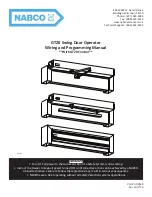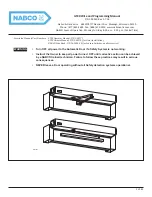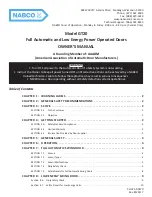
MMA WELDING OPERATION
Connect the machine to suitable mains power using the Mains Input Power
Lead (21). Switch the Mains Power Switch (16) to ON to power up the machine.
Connect the Work Lead/Clamp Quick Connector to the Negative Welding
Power Output Socket (9) Connect the clamp to the work piece. Contact with
the work piece must be firm with clean, bare metal, with no corrosion, paint
or scale.
Insert an electrode into the Electrode Holder and connect the Electrode Holder
and Work Lead to the Positive Welding Power Output Socket (8).
NOTE:
This polarity connection configuration is valid for most GP (General
Purpose) MMA electrodes. There are variances to this setup. If in doubt, check
the electrode specifications or consult the electrode manufacturer.
Set the welding mode switch (12) to MMA/TIG
position, set the LIFT TIG Switch
(13) to OFF position.
Set the MMA/TIG Current Adjustment Knob (3) to the desired position.
You are ready to weld!
TIG WELDING OPERATION
NOTE:
TIG operation requires an optional valve control TIG torch.
Connect the machine to suitable mains power using the Mains Input Power
Lead (21). Switch the Mains Power Switch (16) to ON to power up the machine.
Connect the Work Lead/Clamp Quick Connector to the Positive Welding Power
Output Socket (8). Connect the Clamp to the work piece. Contact with the work
piece must be firm with clean, bare metal, with no corrosion, paint or scale.
Insert TIG Torch Power Connection into the Negative Welding Power Output
Socket (9). Connect valve TIG Torch gas line to the regulator, ensuring all
connections are tight.
Open gas cylinder valve and adjust regulator, flow should be between 5-15 l/
min depending on application. Re-check regulator flow pressure with torch
valve open as static gas flow setting may drop once gas is flowing.
Set the Welding Mode Switch (12) to MMA/TIG position, set the LIFT TIG
Switch (13) to ON position.
Set the MMA/TIG Current Adjustment Knob (3) to the desired position.
You are ready to weld!
NOTE:
The
;0352
is a DC (Direct Current) output welder only, this means
that it is unable to TIG weld reactive metals such as aluminium alloys and
brass (which require AC output). DC TIG output is suitable for steel, stainless
steel and copper.
The
%:7,*$&'&
model is the model in the range that is designed for
TIG welding aluminium and its alloys.
ZZZVWUDWDFRQ]










































